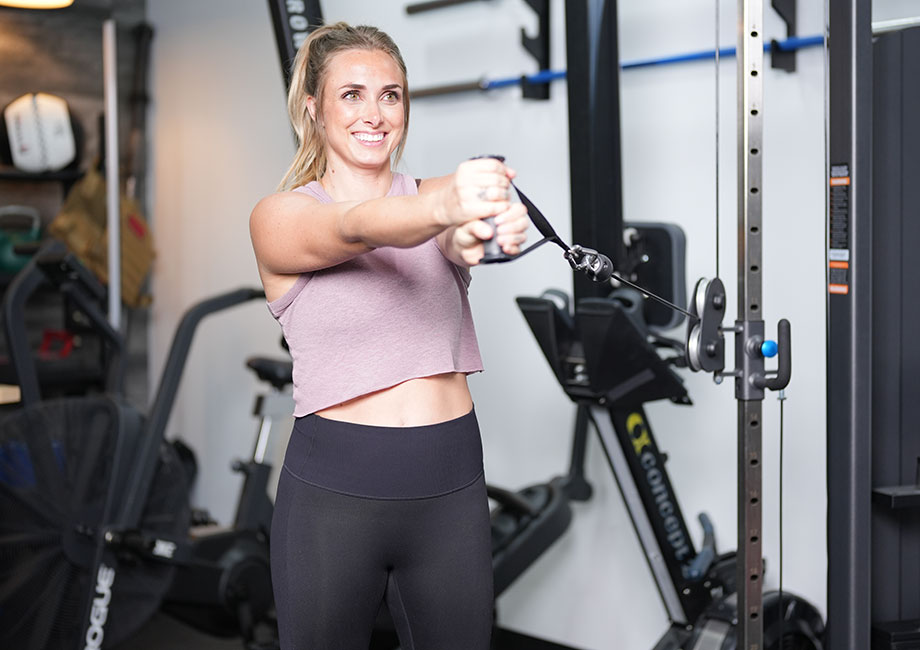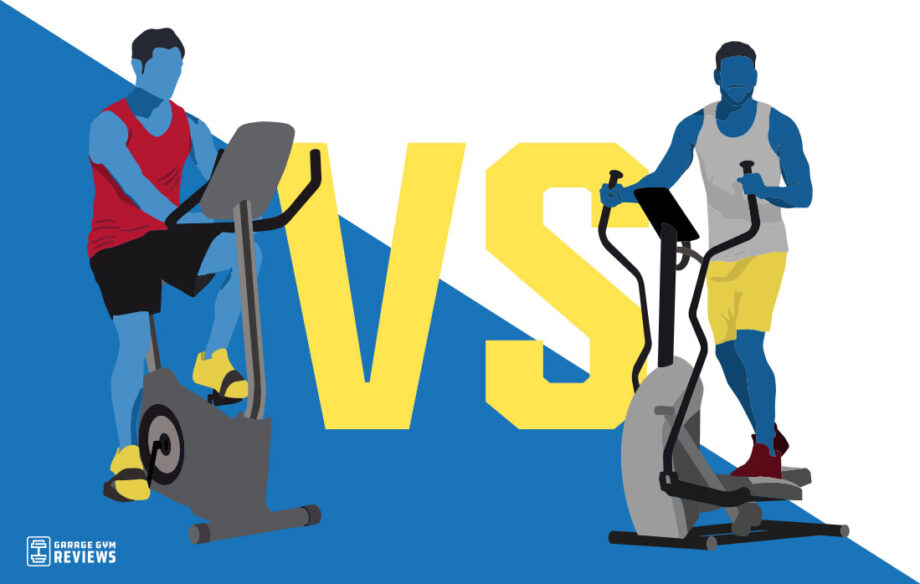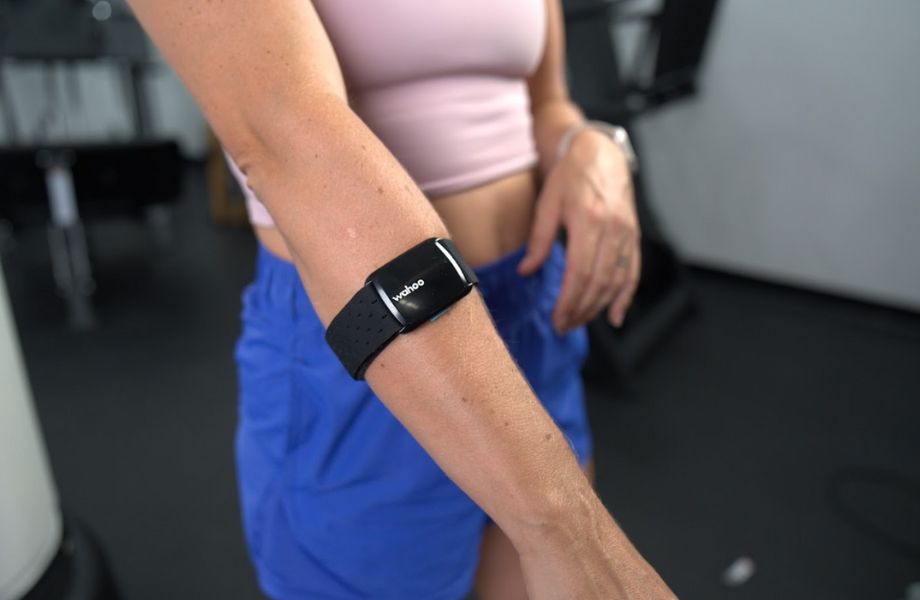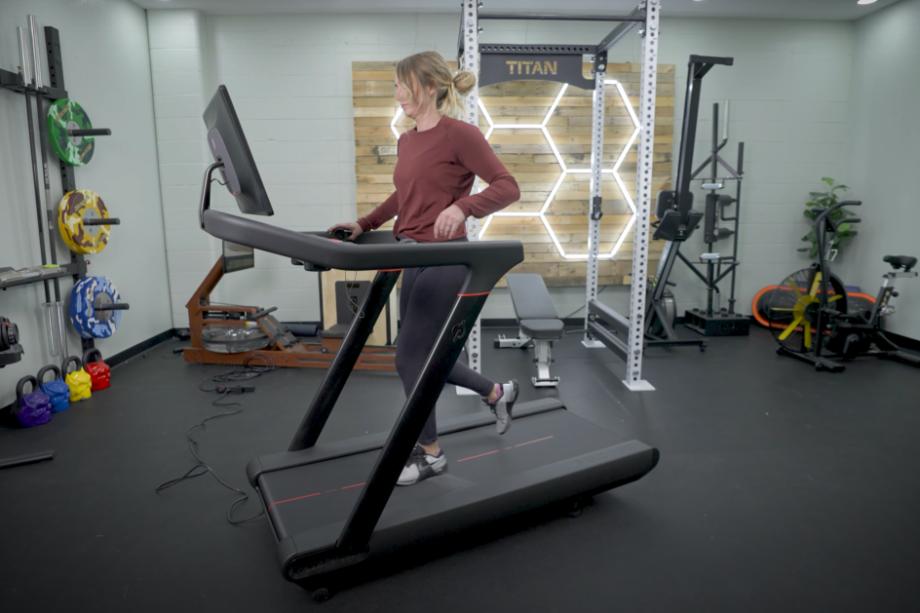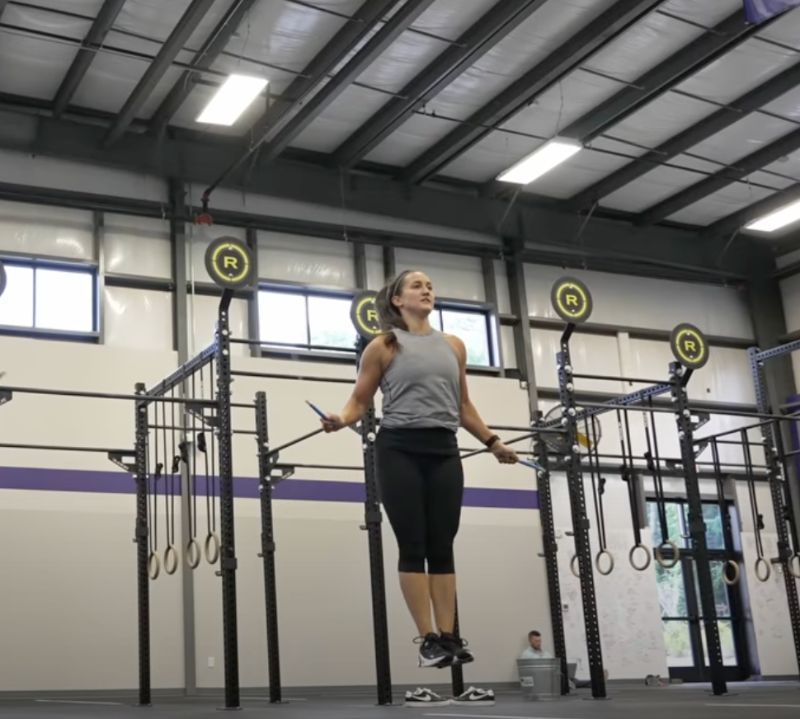The Pallof press exercise is named after the guy who invented it, physical therapist John Pallof. He showed this abdominal exercise to a couple of up-and-coming coaches, Eric Cressey and Tony Gentilcore, in the fall of 2006 when they were both getting Cressey Performance off the ground. And the Pallof press was born.
The Pallof press is one of those exercises that, looking at it, doesn’t seem like much. After all, you’re just pressing resistance away from your belly; what does that do? But wait until you perform it. It trains anti-rotation, anti-lower back extension, and posterior pelvic tilt, simulating forces in and out of the gym.
It may look like nothing, but trust this certified personal trainer that it is something. GGR has even included it in their list of the best ab exercises. Here, we’ll dive into all things Pallof press for your core-strengthening enjoyment. No more endless crunches for you!
How to Do the Pallof Press Exercise
Note: This is the standard Pallof press, and many variations exist. It can be performed with a resistance band or a cable machine, which are interchangeable.
- Stand parallel to the cable machine or the anchor point to the resistance band with your feet shoulder-width apart and grip with both hands.
- Ensure your torso is front on and bring your hands to your sternum.
- Slowly press out, keeping your torso front the entire time.
- Return to the starting position, reset, and repeat for desired reps.
RELATED: Best Resistance Bands
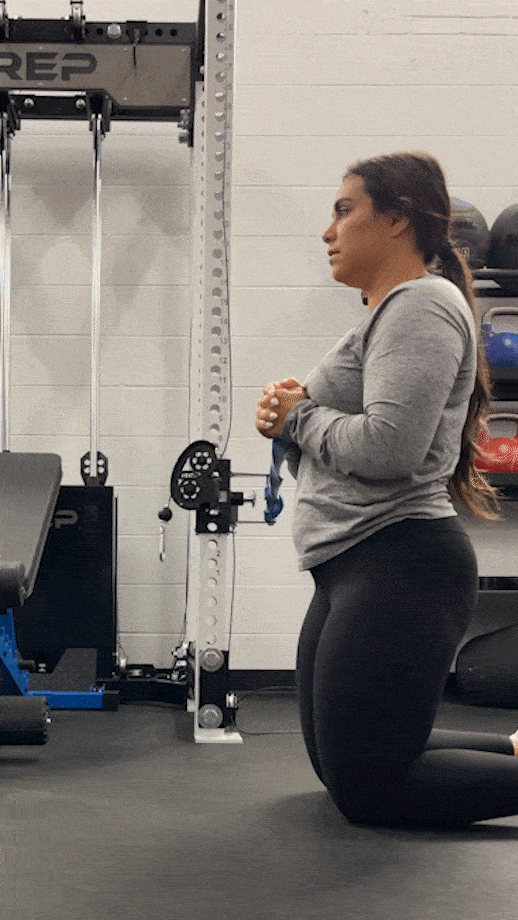
Trainer Tips for Form
The Pallof press exercise is a simple, unilateral exercise, but the devil is in the details. Here are some of my CPT tips to develop a strong core.
Base Of Support
You can use many stances for the Pallof press exercise, but beginners should stand with a solid, supported base. This means a shoulder-width stance with both feet pointed forward.
Front-On Torso
The primary reason for the Pallof press is it’s an anti-rotation exercise. This means your obliques work overtime to stop your spine and torso from rotating. The benefits of the Pallof press are lost if your torso and midsection rotates.
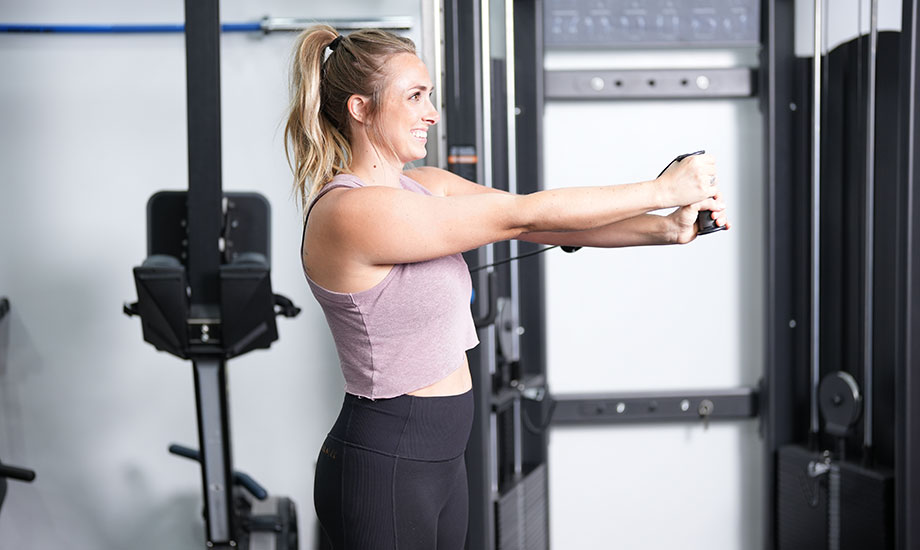
Shoulders Down and Chest Up
This cue keeps your spine neutral and ensures the correct muscles are used to perform the Pallof press.
Light Resistance
It seems like you could load the Pallof press pretty heavy, but it’s not that type of exercise, and it is deceptively difficult to keep your torso from rotating. Start light and ensure proper form before progressing this exercise.
Common Pallof Press Exercise Mistakes
The Pallof press looks simple because all you do is press the band or cable out and in for a few reps, and your core is good to go. But just because the Pallof press seems straightforward (see what I did there?) doesn’t mean it’s easy. Here are some common mistakes to avoid when performing the Pallof press.
Too Much Rotation
It bears repeating: keeping your torso front-on and avoiding rotation is the point of this exercise. But if too much resistance is used, it will cause your torso to rotate, and then all the benefits of the Pallof press disappear like magic. It is best to start with lighter resistance and then progress from there.
Poor Pressing Position
Keeping your chest up and shoulders down while performing the Pallof Press ensures the correct muscles are doing the work. Pressing with elevated shoulders puts the spine out of position, and the upper traps get too involved. Ensure a good starting position and reset after every repetition.
Watch Your Lower Back
Overarching your lower back or putting it into flexion puts the anterior and posterior core muscles at a disadvantage, and you’ll lose all the benefits of this wonderful core exercise. Keeping an excellent pressing posture (using the cue above) and engaging your glutes will prevent this from happening.
RELATED: Lower Back Exercises
Pallof Press Benefits
There are always forces on your back, whether lifting or playing. The better you can resist these outside forces, the better you move and the more weight you lift. That’s the beauty of the Pallof press, and here are a few more.
Anti-Rotational Strength
Developing a more robust core in the rotational plane can improve your ability to stabilize the back and hips during explosive workouts, such as swings and medicine ball slams, and with strength exercises like barbell squats and deadlifts.
Side Plank Regression
If you find that you don’t have the shoulder, oblique, or hip strength at first to hold a side plank, the Pallof press trains similar muscles, has the same benefits, and is easier to perform. This makes it an excellent alternative to the side plank.
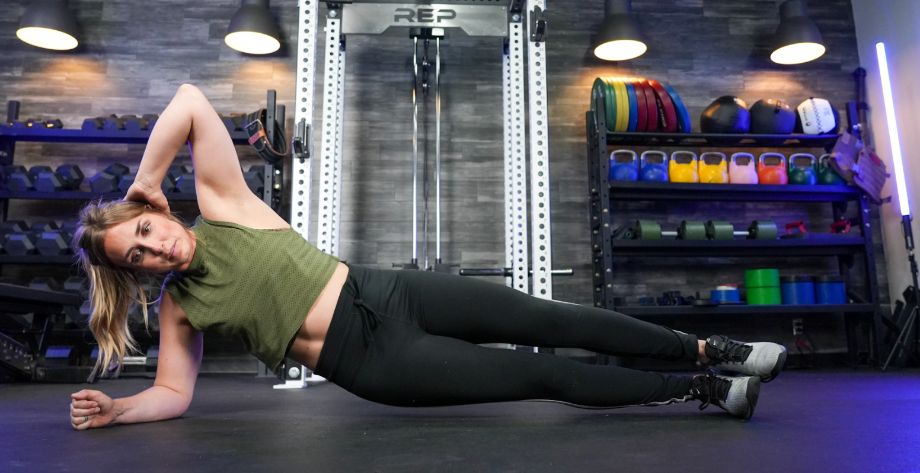
Versatility
It’s a versatile exercise performed from various positions and with various equipment to strengthen your core and improve mobility from all angles. For example, the half-kneeling Pallof press simultaneously improves hip mobility and core stability.
RELATED: Functional Core Exercises
Pallof Press Variations
With the Pallof Press being a versatile exercise, you can progress it by training its variations to strengthen your core further and improve your hip and shoulder mobility. Here are a few variations to include in your core training.
RELATED: Mobility Exercises
Half-Kneeling Pallof Press
Why do it: Performing the Pallof press in the half-kneeling position reduces your base of support and improves your hip mobility.
How to do it:
- Place the resistance at around hip height and stand parallel to it.
- Get into the half kneeling position with the knee closest to the resistance band down.
- Ensure your knee is underneath your hip and your ankle is underneath your knee on the opposite leg.
- Grip the resistance band/cable handle and bring it to your sternum.
- Press out and in slowly while keeping a front-on torso for desired reps, and do both sides.
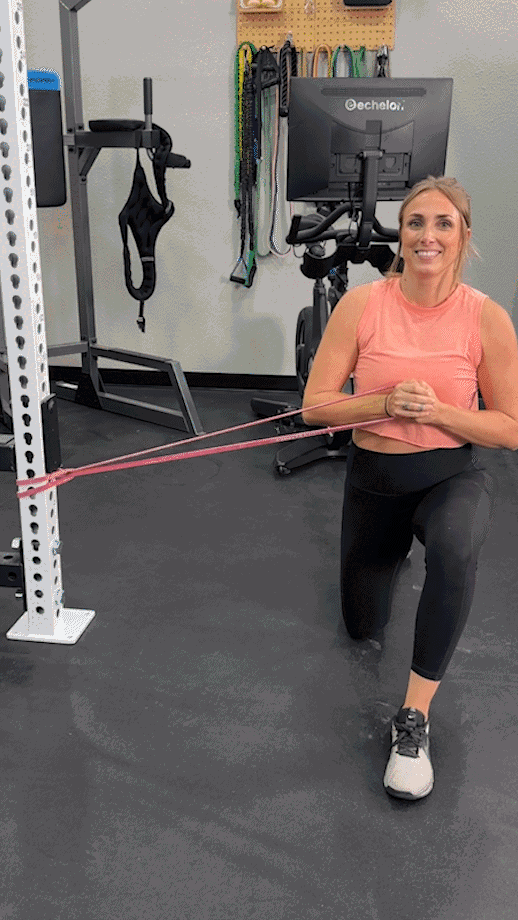
Cable Pallof Press
Why do it: The cable Pallof press is similar to the resistance band version, but with this cable variation, you’ll have more control over the resistance by adjusting the weight on the cable stack.
How to do it:
- Stand parallel to the cable machine with a D Handle attached around chest height.
- Grip the D handle and walk out from the cable stack until you feel the pull of the resistance.
- Press out with your shoulder blades down and chest up, keeping your torso front-on.
- Return to the starting position, reset, repeat for desired reps, then switch sides and repeat.
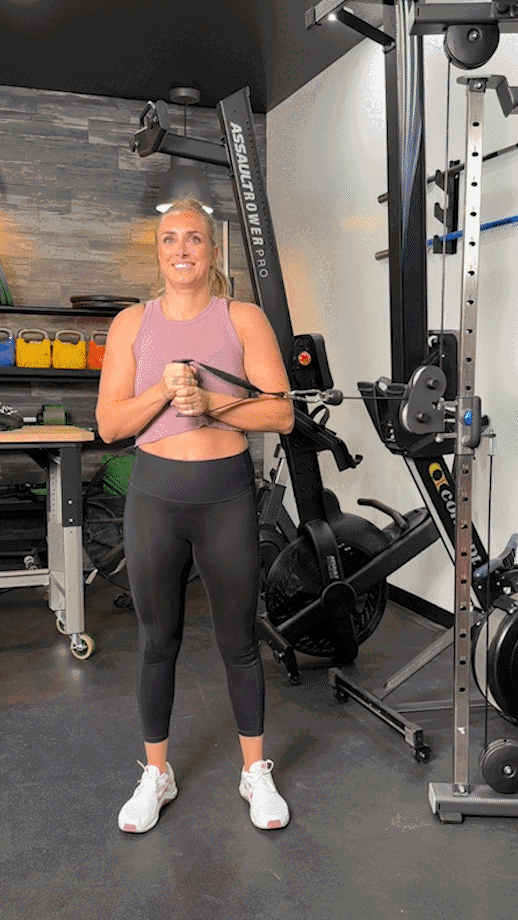
Pallof Press Hold
Why do it: The isometric hold away from your torso is the most demanding position within the rep when performing this exercise, and holding it there will increase the time under tension for your obliques.
How to do it:
- Stand parallel to the resistance band (or cable), with your feet shoulder-width apart and holding the resistance at your sternum.
- Keeping your shoulder down and chest up, press out in a straight line and hold for the desired time.
- Reset and repeat on the other side.
RELATED: Oblique Workouts
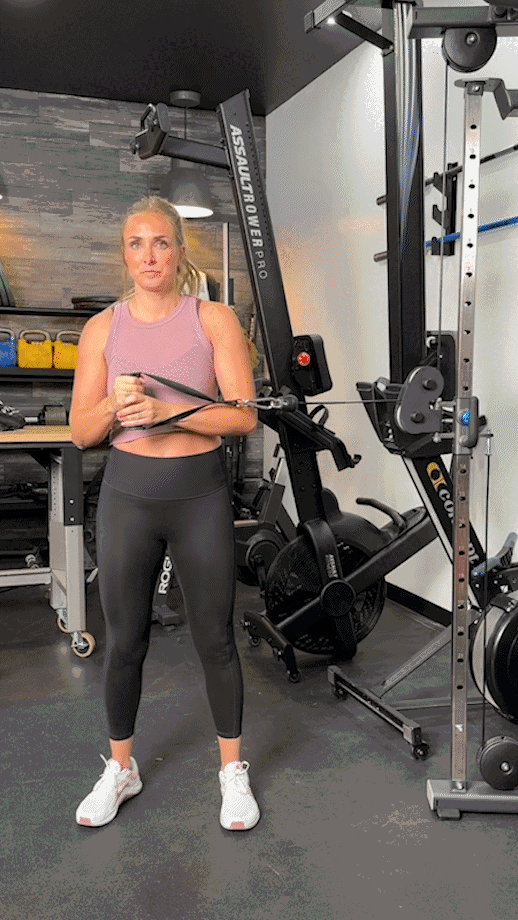
Pallof Press with Overhead Reach
Why do it: Adding the overhead reach to the Pallof press increases the rotational forces on your obliques and lower back muscles to help further strengthen them.
How to do it:
- Stand parallel to the resistance (cable or band) at chest height, grip it with both hands and take it to your sternum.
- Walk out until you feel the pull of the resistance.
- Press, keeping your torso front-on.
- Then, raise your hands above your head.
- Reverse the movement back to the starting position, reset, and repeat for desired reps.
- Repeat on the opposite side.
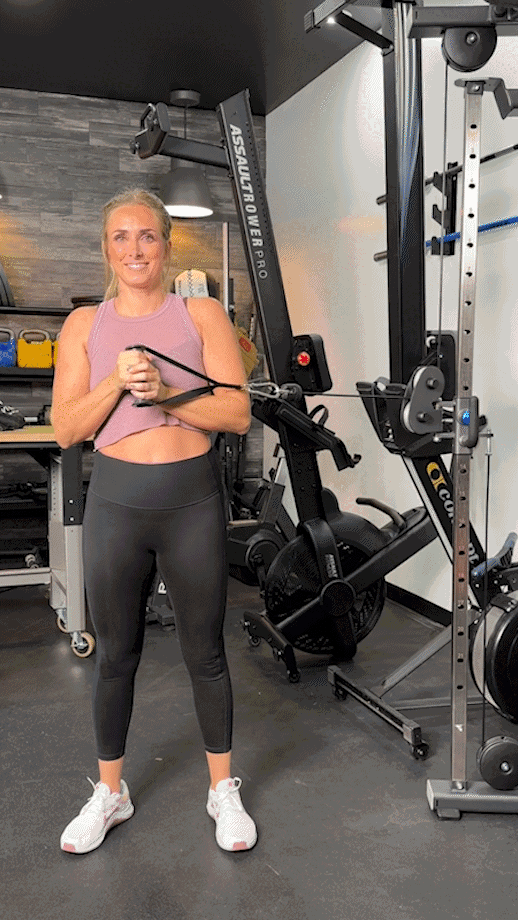
Pallof Press Exercise: FAQs
What muscles does Pallof press work?
The Pallof press trains the lower body muscles, including the internal and external obliques, transverse abdominis, rectus abdominis (your six-pack muscles), and glutes. It also works the upper body muscle groups, including the upper back, rotator cuff, pectorals, and triceps.
RELATED: Seriously Build Your Core with These 11 Moves for Upper Ab Workouts
What are the benefits of the Pallof press?
The Pallof press is a great warm-up exercise to prepare you for the work ahead and an excellent side plank regression movement. It strengthens your obliques and can be performed in various positions to enhance your core from multiple angles.
Is the Pallof press better than the plank?
There are no better or worse exercises, just different ab exercises depending on your experience level and health and fitness goals. If you have back pain, the Pallof press is the better choice. If you don’t have back pain, the Pallof press and the plank deserve a place in your workout routine.
RELATED: Plank Exercises
How many reps of Pallof press should I do?
The Pallof press is a movement meant to help strengthen the core, not a one-rep max exercise. Keeping the reps and weight moderate works best, and I’d recommend anywhere between 10 to 15 reps per side or a 15 to 30-second hold.


